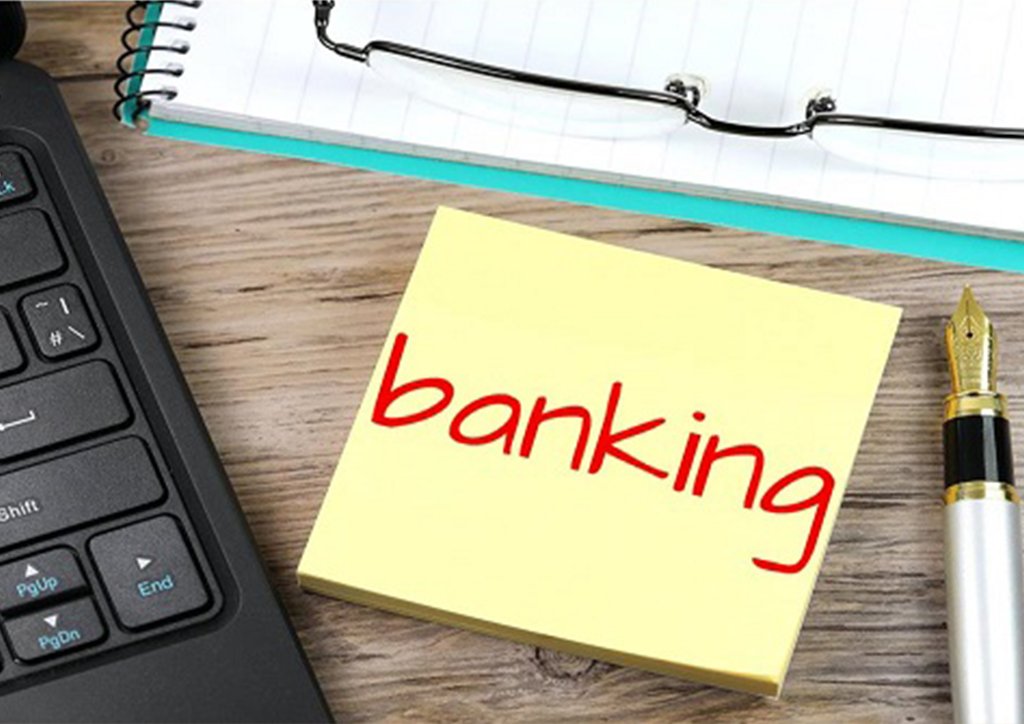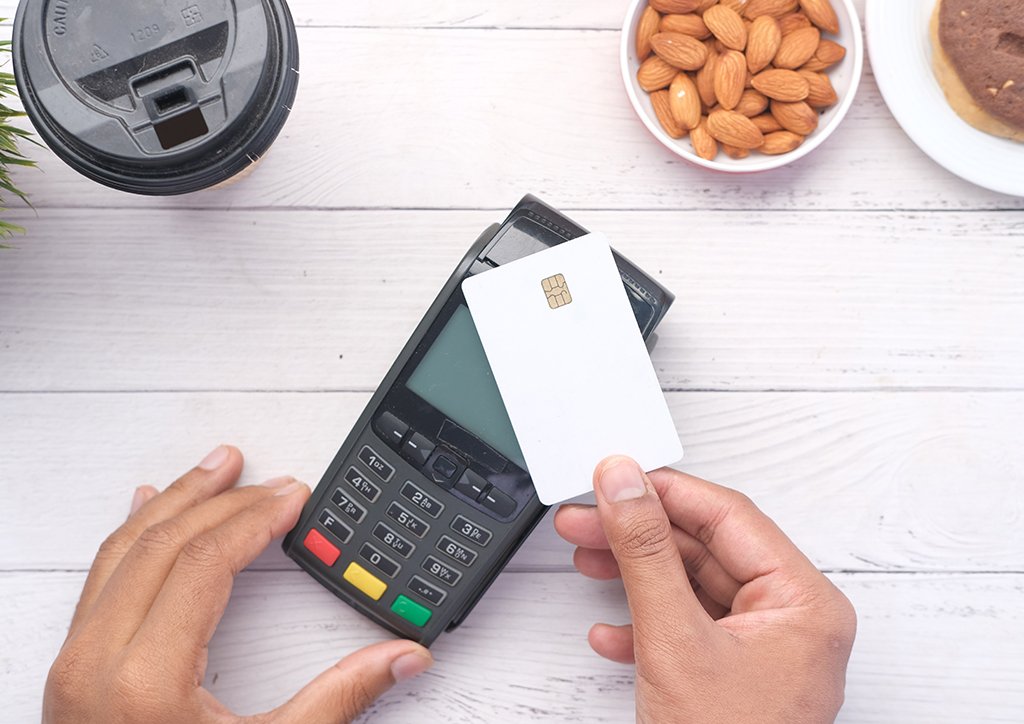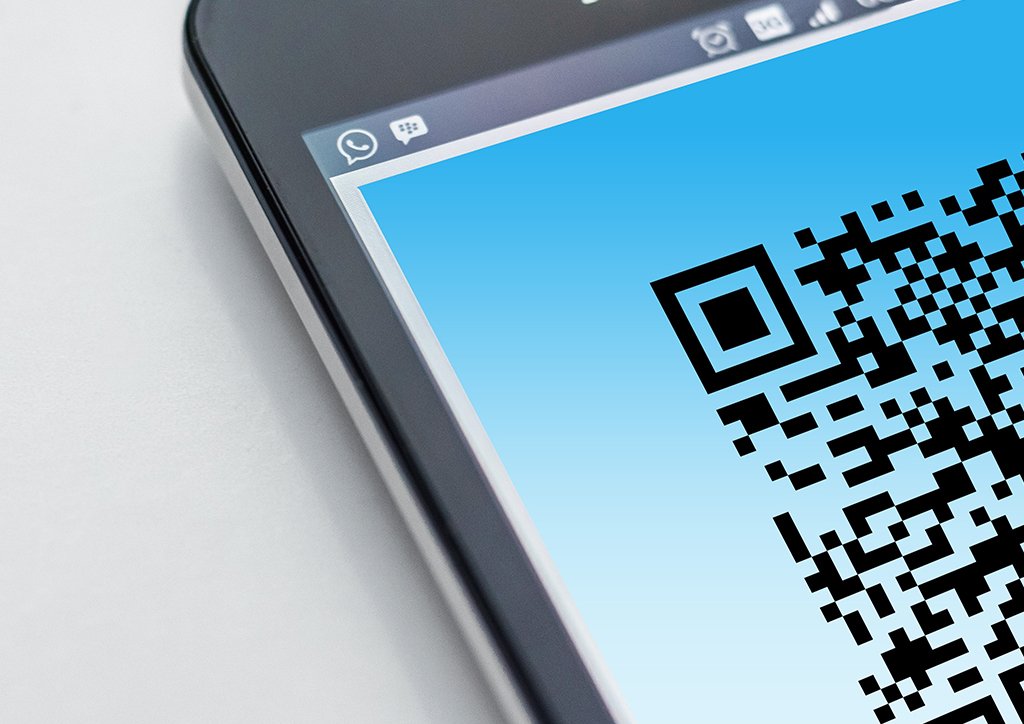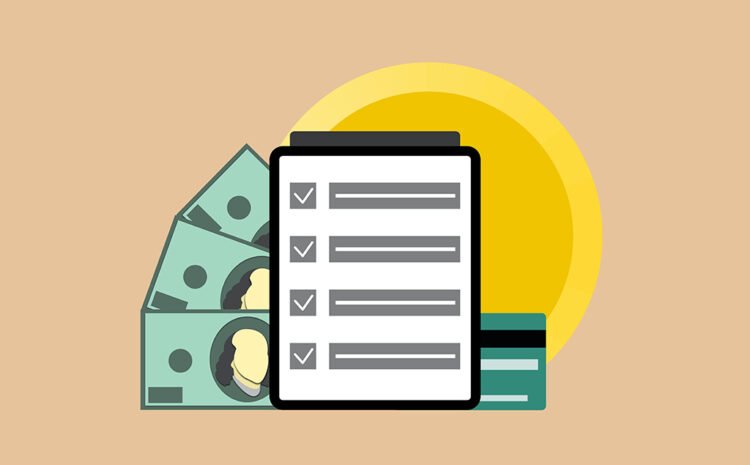Types of bank-to-bank money transfer
Mobile banking and internet banking allow us to directly transfer money from one account to another just sitting at our home. The bank software allows us to perform the action through an application or website. Before the digital revolution in India, people used to visit banks, fill up applications, and stand in a queue to deposit, withdraw, or transfer money from one account to another. At that time only authorized people in the bank were allowed to do so. But now users are given special access to transfer money from their account at any time by using the bank’s software application. Mobile banking and internet banking allow users to make transactions even on bank holidays. If you are doing a transaction via mobile banking or internet banking then you are using one of the below-mentioned electronic payment systems.
There are different types of money transfers followed by your bank depending upon the value of the transaction. In order to use that particular electronic money transfer system, banks should be equipped with them. All successful electronic payment transactions are irreversible. Money debited from the account is reversed only during the failed transaction when the funds get stuck in the payment gateways.

NEFT(National Electronics Fund Transfer):
The National Electronics Fund Transfer is an electronic fund transfer system for money transfer that is available 24×7 but has a per transaction limit of Rs. 50,000.00. The money transfer is organized and settled batch-wise. There is no maximum limit but banks usually block repeated transactions due to security reasons.
To make an NEFT transaction, the system first verifies the receiver’s details and matches them with its database. Senders need to enter the IFSC code, Bank Account number, Account holder’s name, and Bank branch name. If the entered details match the database, the transaction is initiated.
The batch settlement of the payment is done automatically every 30 minutes. This means if you send payment via NEFT, it will take at least 30 minutes to get credited to the receiver’s account.
The NEFT payment is not free, the bank levies some charges to the sender and the charge varies from bank to bank.

RTGS(Real-Time Gross Settlement)
RTGS is an electronic fund transfer system that allows the instant transfer of funds from one bank account to another. The transaction gets completed in real-time without any delay and the system works 24×7 irrespective of bank holidays.
RTGS is built for making high-value transactions like business transactions. RTGS has a minimum transaction limit of Rs. 2,00,000 and no fixed upper transaction limit. Although the transaction gets completed in real-time, it may take up to 30 minutes to get funds credited to the receiver’s account depending upon the value of the transaction.
To make an RTGS transaction receiver’s details like IFSC code, Bank Account number, Account holder’s name, and Bank branch name are required.
You should verify with your bank about the upper limit fixed for security reasons and RTGS charges varies from bank to bank.

Immediate Payment Service was built for the interbank fund transfer. IMPS is also a real-time fund transfer system and is available 24X7 irrespective of bank holidays. Funds can be transferred either using MMID and mobile number or account number, account holder’s name, and IFSC code.
IMPS is suitable for making a transaction value from Rs. 1 to Rs. 20,000. However, IMPS does not allow transaction values of more than Rs. 20,000. The IMPS service charges depend on the bank.

UPI is a payment platform that allows users to link multiple bank accounts with a single mobile number. If you have multiple bank accounts and are linked to the same mobile number, you can link it all in a single UPI app and make a seamless transaction.
UPI transfer is a real-time transfer and is an advanced version of IMPS transfer.
The payment to be sent can only be done on a smartphone using the registered UPI app and the sim card to be inserted into the smartphone. A 4 to 6-digit UPI pin is mandatory to complete the payment.
A UPI app acts like a dashboard for all your bank account where you can send payments, create a virtual UPI ID, and create your QR code to receive payment.
UPI has eliminated the burden of carrying cash and wallets while shopping. Till now UPI is free but there is a cap per day transaction limit of 10.
The minimum UPI transaction limit is Rs. 1 and the maximum is Rs. 1,00,000. However, banks cap per transaction limit for security reasons.











